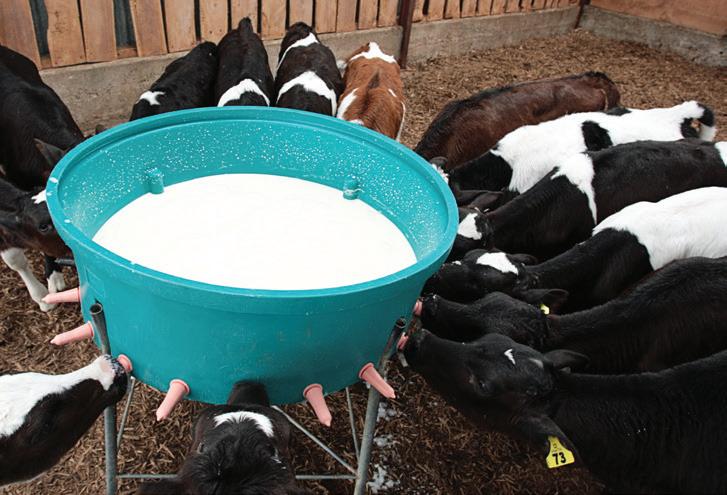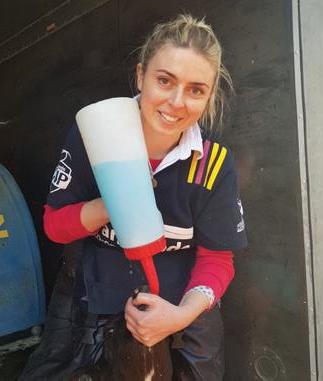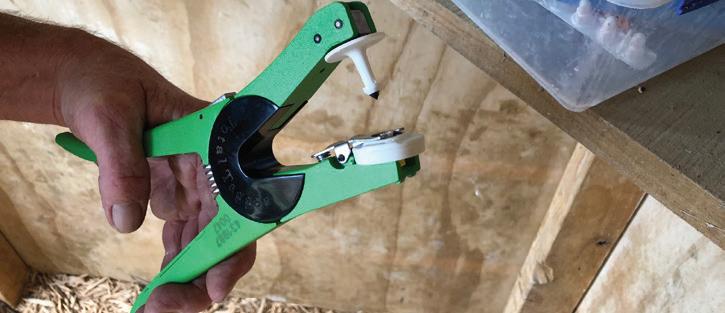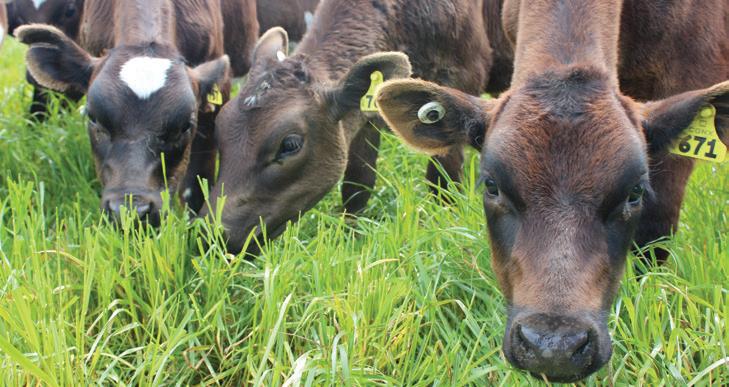Disease management The young calf has a very delicate balance between health and disease as their immune system is underdeveloped, relying on passive immunity from colostrum in the first few months. Disease can come at huge cost and burden to the calf rearer in terms of loss of growth or animal deaths, loss of future production and also in terms of treatment and prevention measures. Attention to detail and monitoring calf health and housing management are the essential tools when trying to prevent disease.
•
Ensure calves always have access to clean water.
•
Ensure calves have all necessary vaccinations.
•
Ensure calves have access to a high quality, palatable hard feed, with a coccidiostat included (to prevent coccidiosis).
•
Decrease stress inducing factors such as transportation, sudden feed changes, poor ventilation, crowding, temperature fluctuations and draughts. These factors can impact disease resistance.
•
Have a hygienic facility that will minimise exposure to bacteria and viruses. Use a Broad-Spectrum disinfectant such as Virkon™S. A regular routine to clean and disinfect the shed, water troughs, feeders and surfaces.
•
Have limited people through the calf shed. Try to keep the same person feeding the calves each day at the same regular time. Have footbaths and a sprayer with Virkon™S available to spray clothing and equipment before and after contact with calves.
Prevention is better than the cure in terms of both economics and staff morale.
Top tips for preventing disease •
Ensure that people who are picking up fresh calves from the paddocks are as clean as possible.
•
•
Ensure calves have adequate colostrum intake in the first few hours of life (see colostrum section).
Always wash hands with soap and warm water before and after handling calves, feed and feeding equipment.
•
•
Feeding a cow pre-calving can have an impact on her calf while in the womb. A cow that is well fed pre-calving is more likely to have a trouble-free birth and produce a calf that is healthier, more lively and set up to do well.
Keep sick calves in a separate pen away from others. Keep hygiene foremost when handling sick calves including dedicated equipment.
•
Situate the calf barn away from cows and dairy effluents. Cows can be carriers of disease.
•
Keep bedding topped up to prevent odours and dampness that builds up.
•
Ensure calves are fed high quality, clean milk or milk replacer.
18 | FARMLANDS CALF REARING GUIDE













